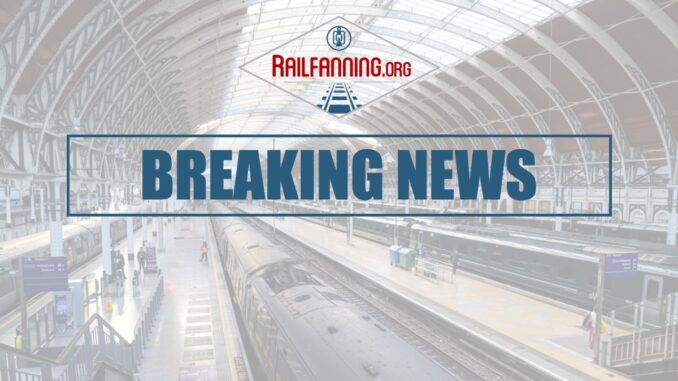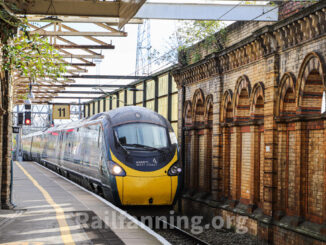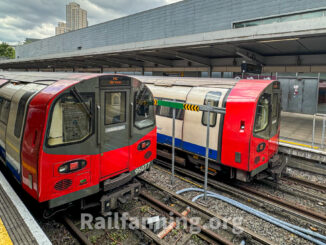
The United Kingdom’s Rail Accident Investigation Branch made two recommendations after a passenger train struck a section of redundant rail left on the track near Walton-on-Thames station in Surrey last year.
At about 5:40 a.m. on Monday, March 4, 2024, the passenger train was traveling around 85 mph. The collision with the rail caused the front coach to derail, with the train stopping roughly 500 meters beyond the derailment point.
The redundant rail had been inadvertently left by a team that had completed work in the area the previous weekend. Post-work checks failed to identify the hazard before the railway returned to normal operation.
“This most recent accident at Walton-on-Thames resulted in a passenger train derailing at speed,” Chief Inspector of Rail Accidents Andrew Hall said in a statement. “Although no one was hurt on this occasion, the train could easily have deviated from the line of the track and struck other trains or objects.”
According to the report, the oversight occurred due to the absence of a supervising person in charge and inadequate briefing of the track handback engineer regarding the completed work. The RAIB found that the work’s planning and delivery arrangements did not manage the risk of leaving a section of rail foul of the running line.
Additionally, after completing the work, the inspection process lacked clear guidance on which areas to check, and the relevant railway rules and standards also did not clearly define the roles and responsibilities for safely delivering work on complex sites.
The RAIB said Colas Rail, in consultation with Network Rail, should review processes related to collecting redundant material when working on or near the line. Additionally, Network Rail, in consultation with the Rail Safety and Standards Board, should review rules and standards for coordinating and supervising tasks on complex work sites and create a coherent process for confirming the line’s safety for train passage after work completion.
Additionally, RAIB identified two learning points.
Officials should emphasize the importance of adequate site lighting. Officials should also ensure railway organizations remove superseded standards guidance materials from resource libraries when new standards are issued.
“Maintenance work is often carried out at night which makes ensuring the line is subsequently safe for the passage of trains particularly challenging,” Hall said. “The risk is very clear.
“Unfortunately, this accident happened because that risk was not effectively managed,” Hall added. “This, following other similar recent incidents, should serve as a stark reminder of the importance of effectively managing the risk of objects being left on the track after overnight maintenance.”




